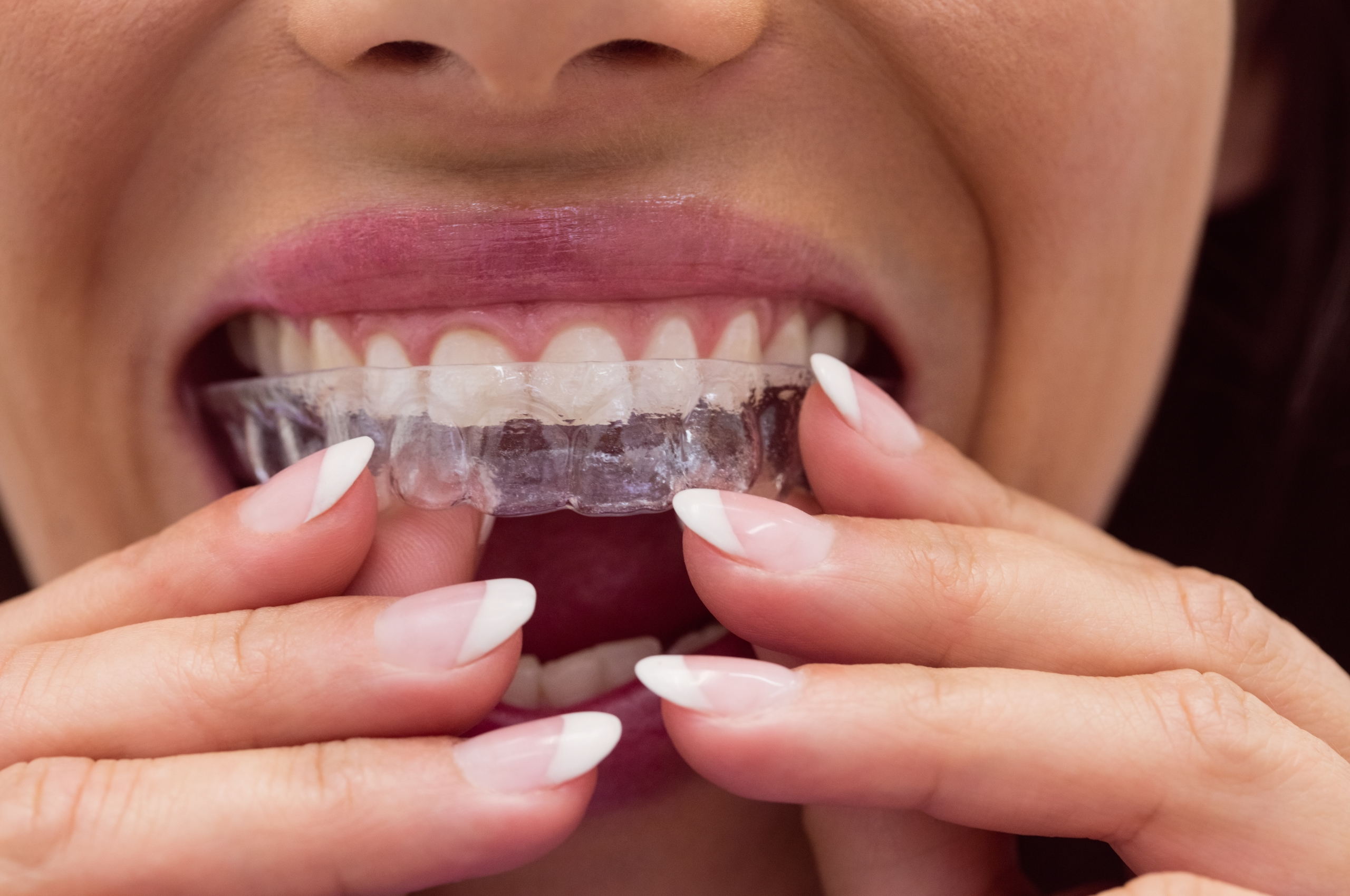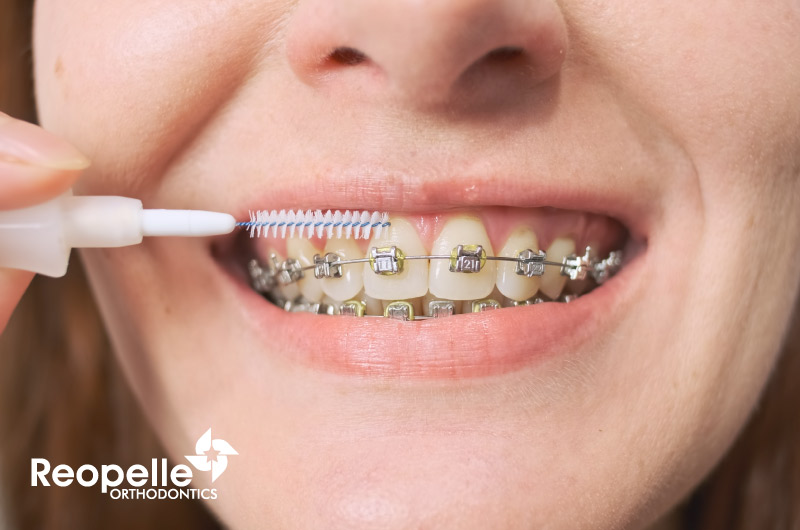Traditional Braces vs Invisalign: Which Should You Pick?

Braces vs Invisalign
The time has come to get braces…or Invisalign. Not quite sure yet which one is best? Well, you’ve come to the right place! Improving your bite and your smile is a big decision–and a big investment. Fortunately, orthodontic treatment options have come a long way since when you were a kid. Instead of just braces, there are other options now. That’s not saying that braces are the wrong decision. Only you and your orthodontist can really know. So, in order to help you answer the “traditional braces vs Invisalign” debate, we have some comparisons.
Traditional Braces
According to traditional braces vs Invisalign, Traditional braces have been around for decades, and many of us either had braces as children or know someone who did. Braces consist of attaching brackets to the teeth with dental glue, connecting the brackets with flexible wires, and attaching the wires to the brackets with small rubber bands. Teeth are straightened by adjusting these wires on a regular basis until the desired result is achieved. Where brackets used to be made of metal, they are now available in materials that more closely match the enamel of the teeth, wires are thinner, and rubber bands are clear, so the braces aren’t as obvious as in previous generations. You can even get rubber bands in various colors for a fun look (maybe favorite team colors or holiday colors). Patients visit their orthodontist once a month for adjustments. Braces are usually worn for two years, but the time frame depends upon the complexity of the correction, and most people need to continue to wear a retainer at night to maintain alignment.
Benefits to traditional braces include:
- Consistency: Due to the braces being attached to the teeth, alignment is constantly being affected.
- Lower cost: Traditional braces generally cost $1800-$5000.
- Complexity: Braces are recommended for treating complex issues, such as teeth that are crowded, crooked, protruding, or with irregular spacing.
The Downside to Braces Includes:
- Discomfort: Pain and discomfort experienced due to wires and brackets rubbing on gums and inside the mouth, as well as from the teeth and jaw adjusting.
- Avoid certain foods: Certain foods can damage braces, and need to be avoided. These foods include gum, popcorn, biting into whole apples, and anything very hard or sticky.
- Cleaning: Wearers must brush and floss at least twice daily to keep food from getting stuck in the braces and prevent tooth decay.
Invisalign Braces
Braces vs Invisalign, Introduced in 1999, Invisalign is a very popular option for a select group of patients, and know about is Invisalign worth it further. Invisalign uses custom-made BPA-free clear plastic aligner trays, placed over the teeth to gradually straighten teeth over time. Most people who choose Invisalign have slightly crooked teeth or smaller gaps between their teeth, and treatment usually lasts 6-18 months. Invisalign patients change aligner trays about every 2 weeks and visit their orthodontist every 4-6 weeks to monitor progress. Just like with braces, many people need to continue to wear a retainer at night to maintain alignment.
Pros to Using Invisalign Braces:
- Inconspicuous: The aligner trays are clear and can be removed as needed, so they don’t impact your appearance.
- No dietary restrictions: The aligner trays are taken out before eating, so you can eat all of the foods you enjoy without fear of damaging the trays.
- Less pain and discomfort: Although there will still be some discomfort from the teeth shifting, wearing the aligner trays will not cause any mouth pain or sores.Cons to using Invisalign:
- More expensive: Invisalign usually costs about $5000.
- Cleaning and maintenance: Although trays are removed before eating, it is important to brush teeth after every meal before reinserting the trays to prevent discoloration. Trays also require daily cleaning.
- Less consistent: Since Invisalign trays can be removed easily, wearers need to be diligent in wearing the trays 22-24 hours per day for optimal results.
Braces vs Invisalign, The Right Choice Invisalign or Braces?
Both methods are effective at correcting crooked teeth and misalignment. What’s right for you depends on your personal situation, including a budget, lifestyle, and desired results. When it comes to comparing traditional braces vs Invisalign, we can help. Contact Lampros and Reopelle Orthodontics to set up your complimentary consultation with our orthodontist in Roanoke today!



